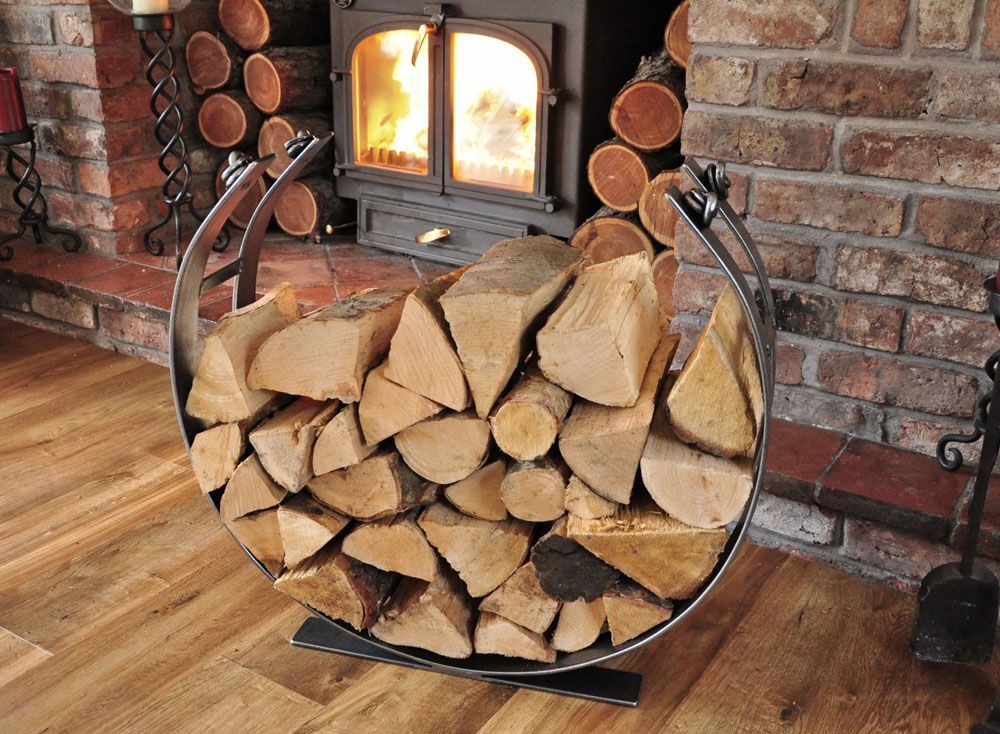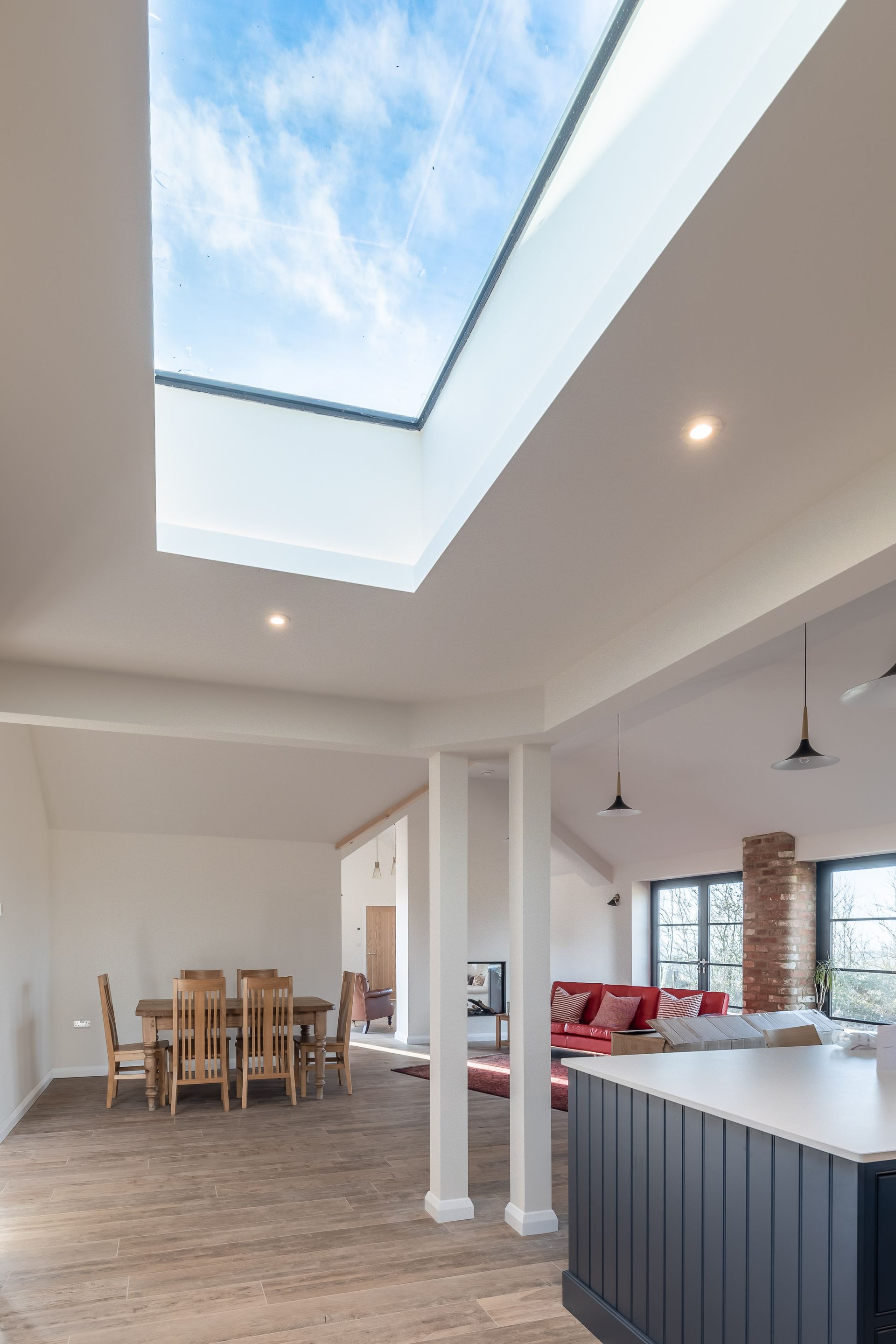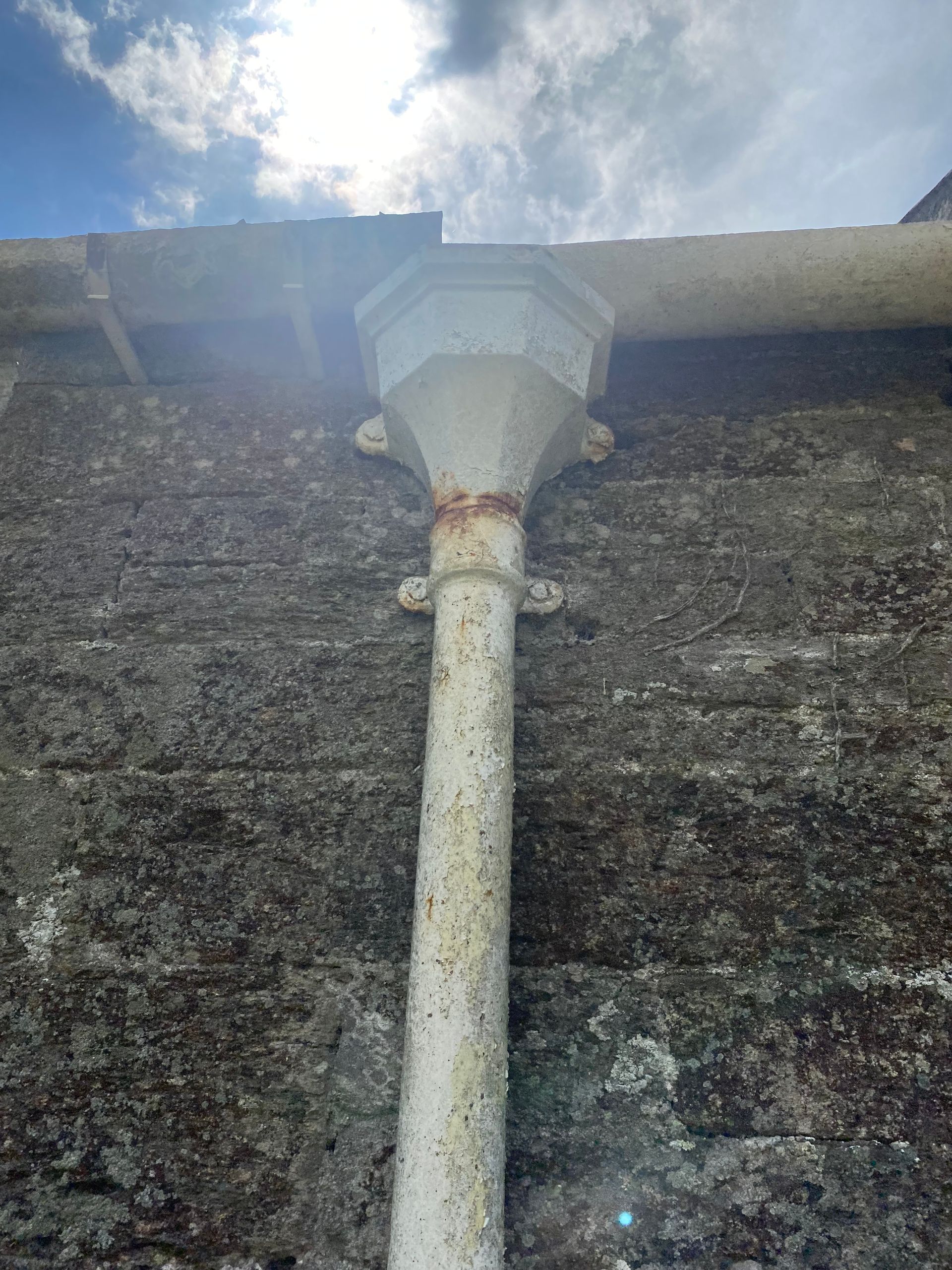Illuminating Choices: A Comprehensive Guide to Selecting Glass for Flat Rooflights
Flat rooflights have become increasingly popular in contemporary architecture, transforming living spaces by flooding them with natural light. One of the critical decisions when installing flat rooflights is choosing the right type of glass.
This decision involves navigating through a range of considerations, including safety, energy efficiency, and maintenance. In this blog, we will explore the various types of glass available for flat rooflights, examining the pros and cons of each.
We will delve into questions you should ask during the selection process, covering aspects such as easy cleaning, laminated toughened glass, and addressing concerns like thermal cracking.
Understanding the Basics: Types of Glass for Flat Rooflights
1. Float Glass:
· Pros: Float glass is a standard, economical choice. It allows ample light transmission and is readily available in various thicknesses.
· Cons: Its vulnerability to thermal stress and lack of special features like UV protection or self-cleaning can be limitations.
2. Toughened Glass:
· Pros: Toughened glass is heat-treated to enhance strength and safety. In the event of breakage, it shatters into small, harmless fragments.
· Cons: While toughened glass is robust, it may not be suitable for all applications, especially where cutting or drilling after toughening is necessary.
3. Laminated Glass:
· Pros: Laminated glass consists of layers with an interlayer that holds the glass together when shattered, providing enhanced safety. It also offers UV protection.
· Cons: Laminated glass can be heavier and more expensive than other options, and the interlayer may affect clarity.
4. Low-E Glass (Low Emissivity):
· Pros: Low-E glass features a coating that minimizes heat transfer, providing energy efficiency by reflecting infrared heat.
· Cons: While excellent for thermal performance, Low-E glass may have a slightly tinted appearance, impacting the clarity of the view.
5. Self-Cleaning Glass:
· Pros: Self-cleaning glass has a special coating that breaks down and loosens dirt when exposed to sunlight and rain, reducing the need for manual cleaning.
· Cons: The effectiveness of self-cleaning glass may vary based on environmental factors, and it might require occasional maintenance.
6. Solar Control Glass:
· Pros: Solar control glass helps manage solar heat gain, reducing the need for air conditioning and enhancing energy efficiency.
· Cons: It may have a slightly reflective appearance, and the degree of solar control can vary based on the specific type of coating used.
Essential Questions for Glass Selection:
1. What is the Purpose of the Rooflight?
· Consideration: Understanding the primary purpose, whether it's for increased natural light, energy efficiency, or aesthetic appeal, helps in determining the most suitable glass type.
2. What is the Building's Location and Climate?
· Consideration: The local climate influences the choice of glass. In colder climates, thermal performance may be prioritised, while in warmer regions, solar control might take precedence.
3. What Safety Features Are Required?
· Consideration: Consider the safety requirements for your specific application. Toughened and laminated glass provide enhanced safety features, crucial in certain installations.
4. How Important is Clarity and Transparency?
· Consideration: If a clear and unobstructed view is essential, you may lean towards standard float glass or Low-E glass, which minimises tinting.
5. What is the Maintenance Preference?
· Consideration: Assess the willingness and ability to perform regular maintenance. Self-cleaning glass can be a valuable choice for those seeking low-maintenance solutions.
6. Is Energy Efficiency a Priority?
· Consideration: For energy-efficient designs, consider Low-E glass and solar control glass to minimise heat transfer and manage solar heat gain.
7. What is the Budget for the Project?
· Consideration: Budget constraints may influence the choice of glass. Float glass is typically more economical, while specialised options like self-cleaning or solar control glass may be pricier.
Pros and Cons of Glass Types for Flat Rooflights:
1. Float Glass:
· Pros: Economical, allows ample light transmission.
· Cons: Vulnerable to thermal stress, lacks special features.
2. Toughened Glass:
· Pros: Enhanced strength, shatters into harmless fragments.
· Cons: May not be suitable for all applications.
3. Laminated Glass:
· Pros: Enhanced safety, UV protection.
· Cons: Heavier, more expensive, interlayer may affect clarity.
4. Low-E Glass:
· Pros: Energy-efficient, reduces heat transfer.
· Cons: Slightly tinted appearance.
5. Self-Cleaning Glass:
· Pros: Reduces the need for manual cleaning.
· Cons: Effectiveness may vary, occasional maintenance required.
6. Solar Control Glass:
· Pros: Manages solar heat gain, enhances energy efficiency.
· Cons: Slightly reflective appearance, degree of solar control varies.
Addressing Concerns: Thermal Cracking
Thermal Stress and Flat Rooflights: Thermal cracking is a concern in flat rooflights, especially when there are extreme temperature differentials. The risk is higher in larger expanses of glass exposed to direct sunlight, where one part of the glass may heat up more than another. This can result in stress that may lead to cracks.
Preventive Measures:
· Specify Toughened or Laminated Glass: Toughened or laminated glass is less prone to thermal cracking due to its enhanced strength and safety features.
· Provide Adequate Ventilation: Ensuring proper ventilation can help regulate temperature differentials and reduce the risk of thermal stress.
Considerations During Design and Installation:
· Expansion Gaps: Incorporating expansion gaps during installation allows for the natural expansion and contraction of the glass, reducing stress.
· Shading Devices: Using external shading devices can help mitigate direct sunlight, reducing the potential for thermal stress.
Conclusion: Making an Informed Decision
Choosing the right glass for flat rooflights is a multifaceted decision that requires a careful assessment of various factors. By considering the purpose of the rooflight, the local climate, safety requirements, maintenance preferences, and budget constraints, you can narrow down the options that align with your specific needs.
Understanding the pros and cons of different glass types, from standard float glass to specialised options like self-cleaning or solar control glass, empowers you to make an informed decision.
Addressing concerns such as thermal cracking through preventive measures during design and installation further ensures the longevity and performance of your flat rooflights.
In the dynamic world of architectural design and construction, the choices we make today resonate for years to come. By taking the time to ask the right questions and carefully considering the options available, you can create a living or working space that not only maximises natural light but also stands as a testament to thoughtful, informed decision-making.

All Rights Reserved | METAL & GLASS LTD
Company Number | 12113002





